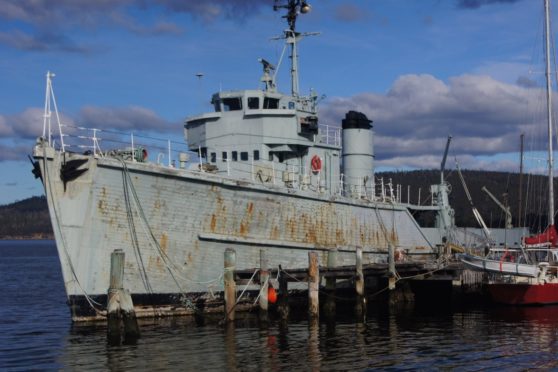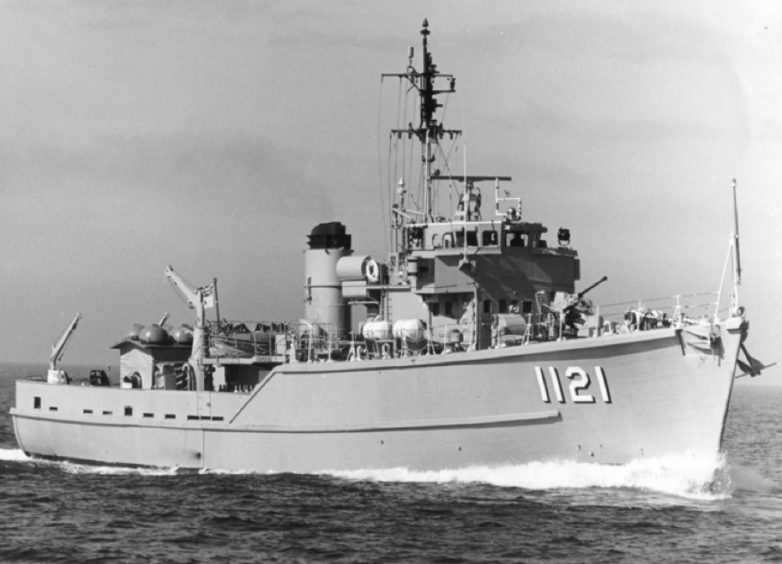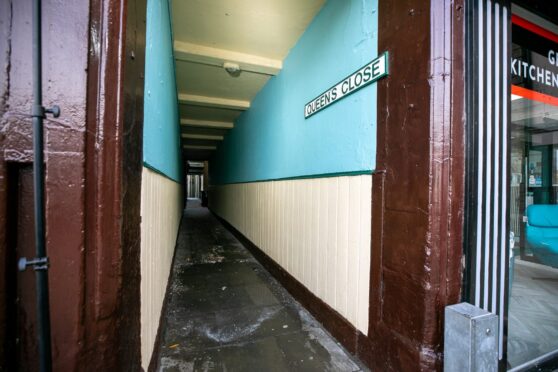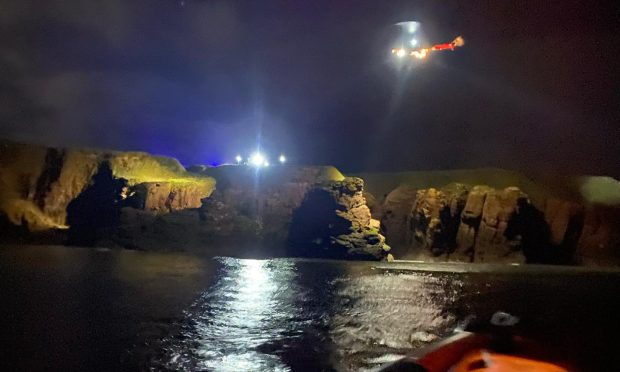An Angus-built warship which was fighting for survival in Australia has been saved from the cutter’s torch.
HMAS Curlew was built in 1953 by Montrose Ship Building Company Ltd as a minesweeper and has been in Tasmania for 20 years.
Curlew’s new owner, Kris Mitchell, paid $1 for the old minesweeper in April but it was in danger of being scrapped unless $100,000 could be raised.
Curlew will now be moved around 100 kilometres from her current berth at Margate Marina to the Queensland Gold Coast where she will become part of a museum.
Mr Mitchell said: “It is extremely pleasing to know that a great area with enormous support has now come forward and indicated support to preserve, incorporate and help develop a wonderful hands-on attraction involving Curlew.
“Curlew will become part of a museum which is a new one providing benefit to both the community and ex-service alike and the best thing of all is all the facilities required are right to hand.”
Mr Mitchell said the “old girl” was now preparing to enter the next stage of her life and head off to warmer waters.
Fittingly her new home is close to Curlew Island — the highest part of the large sand banks which take up much of the southern broadwater on the Gold Coast and an important roost for international birds at high tide.
HMAS Curlew was built in 1953 by Montrose Ship Building Company Ltd as a minesweeper and was accepted into service with the Royal Navy as HMS Chediston.
She was renamed HMS Montrose and, from August 1955 to October 1957, was used by the Tay Division of the Royal Navy Volunteer Reserve.
She later reverted to her former name and was placed in storage until she was purchased by the Royal Australian Navy (RAN) in the 1960s.
Curlew was converted into Australia’s first mine-hunter in 1967 and served with the Royal Australian Navy for 28 years – clearing Second World War-era mines from the waters around Papua New Guinea.
She was one of the first ships to respond to the Melbourne–Voyager disaster in February 1964 and helping Darwin get back on its feet after Cyclone Tracy in 1974.
During the month-long operation, several sunken trawlers and other navigational hazards were located, most of them victims of the cyclone.
Curlew had steamed more than 400,000 nautical miles in 40,000 hours before she was decommissioned in April 1990.
Her whereabouts were unknown until Mr Mitchell purchased her and revealed his plans to save her.











